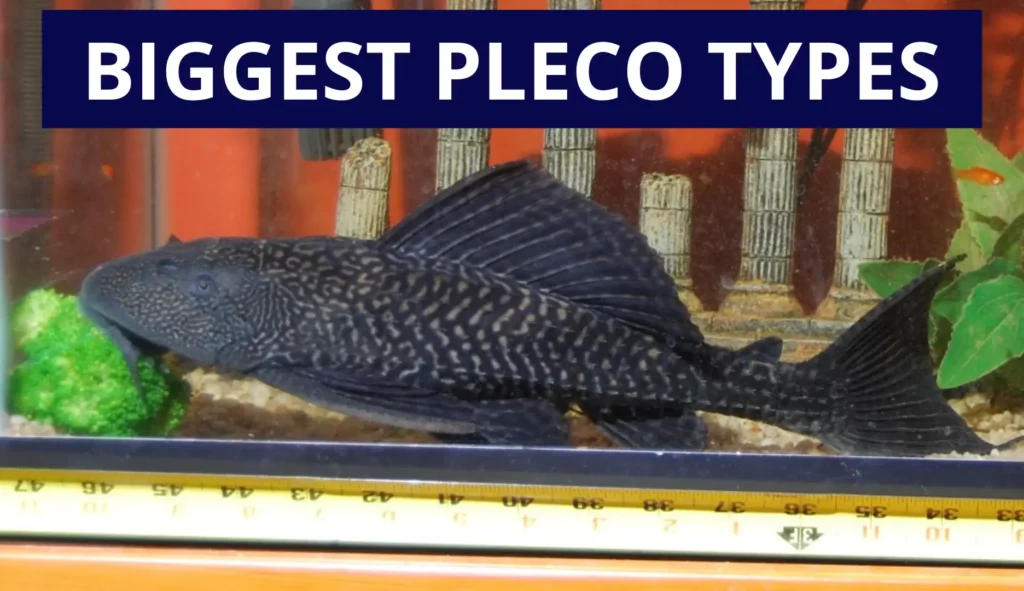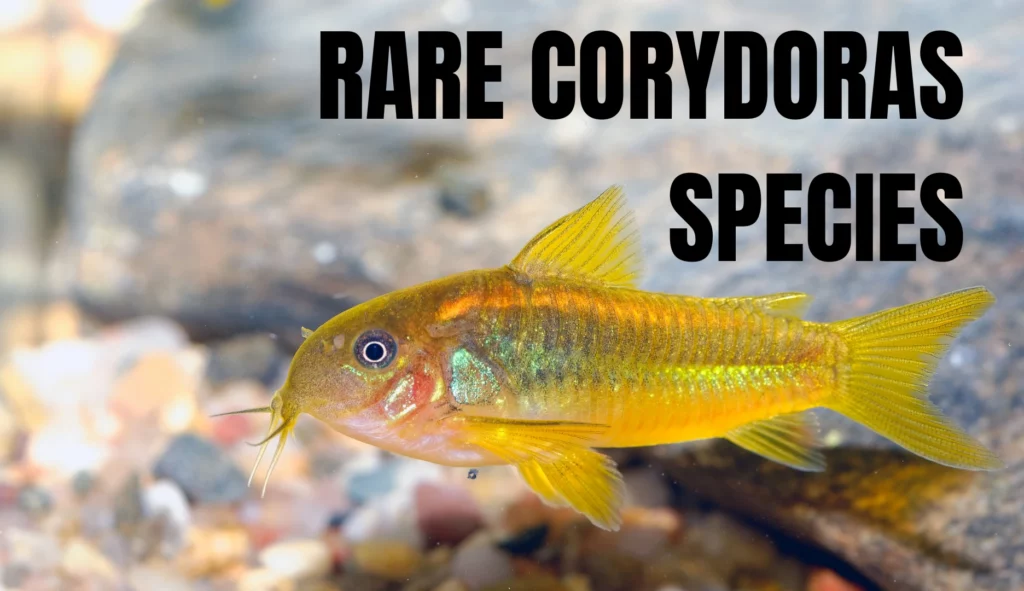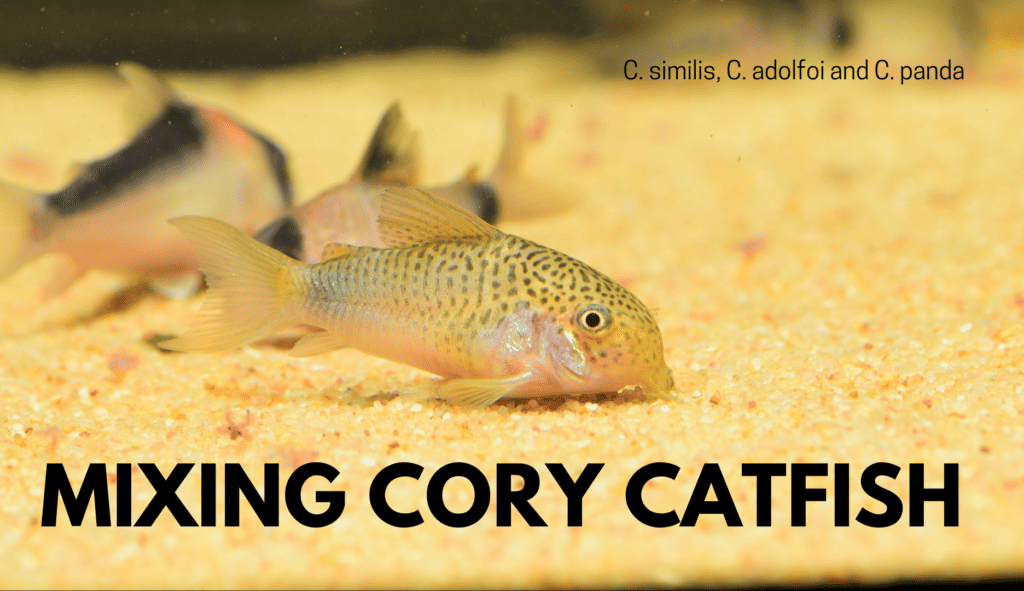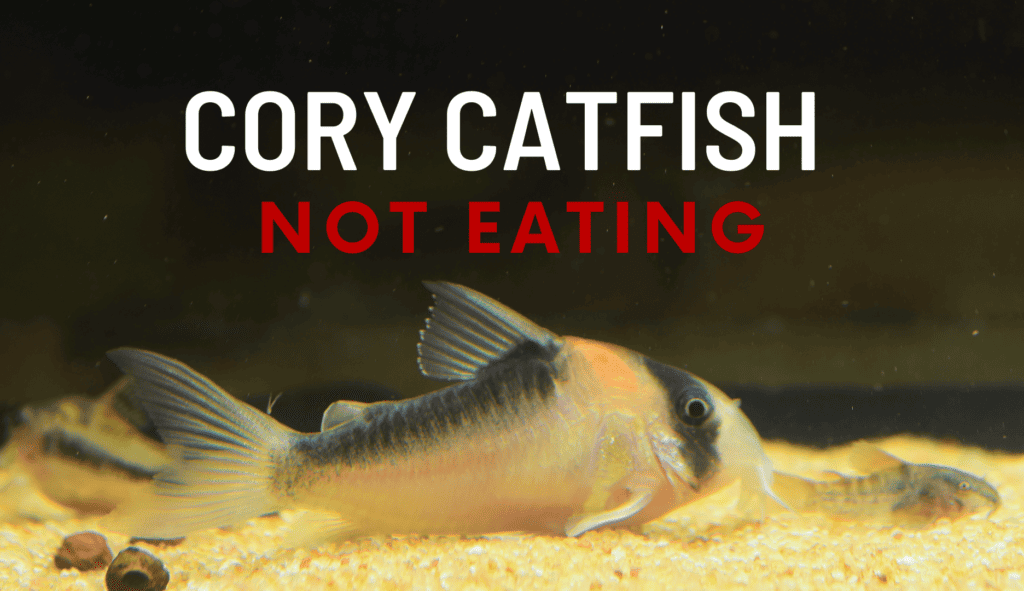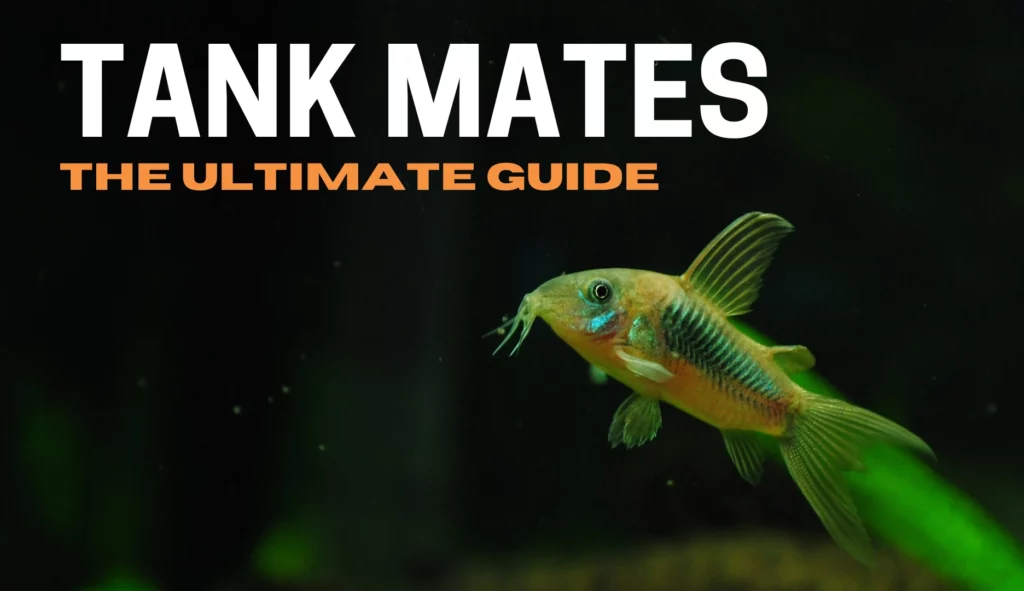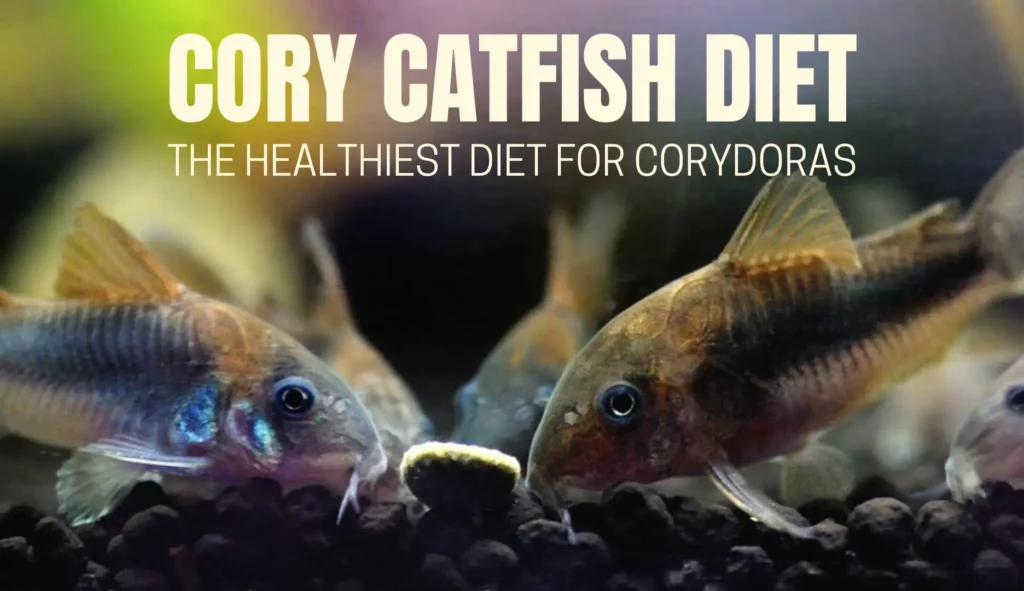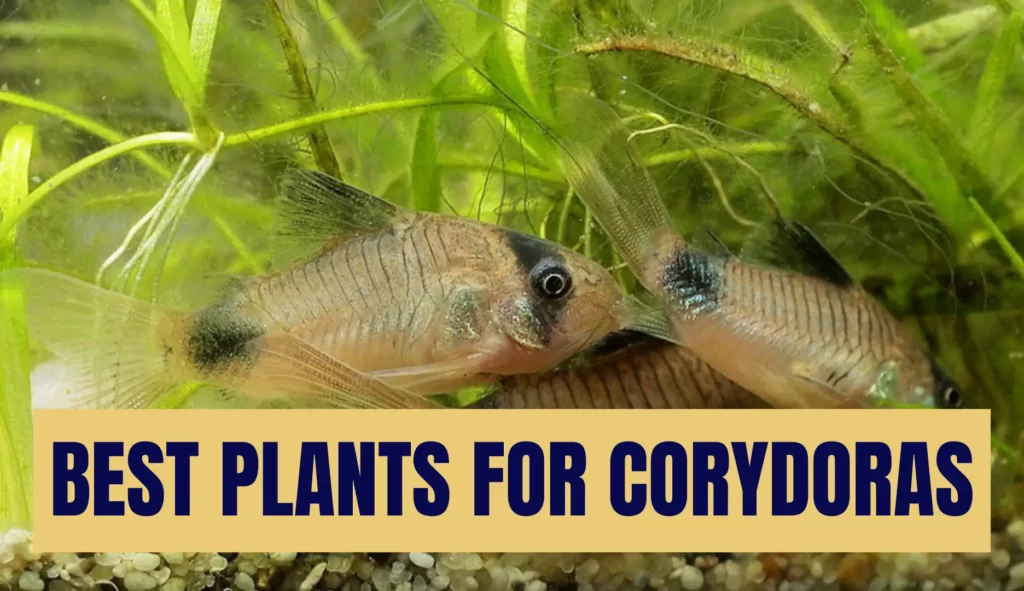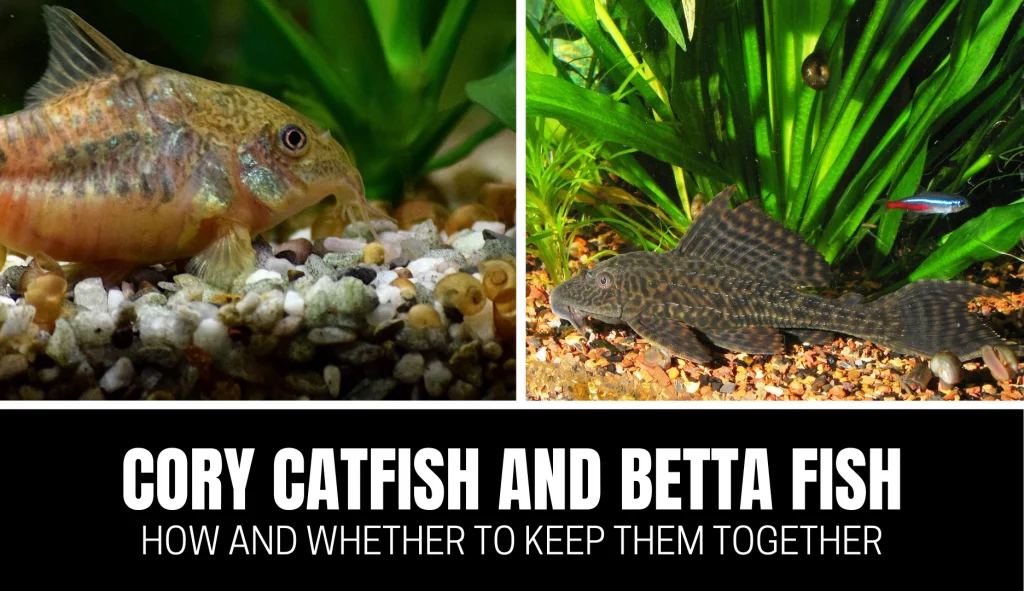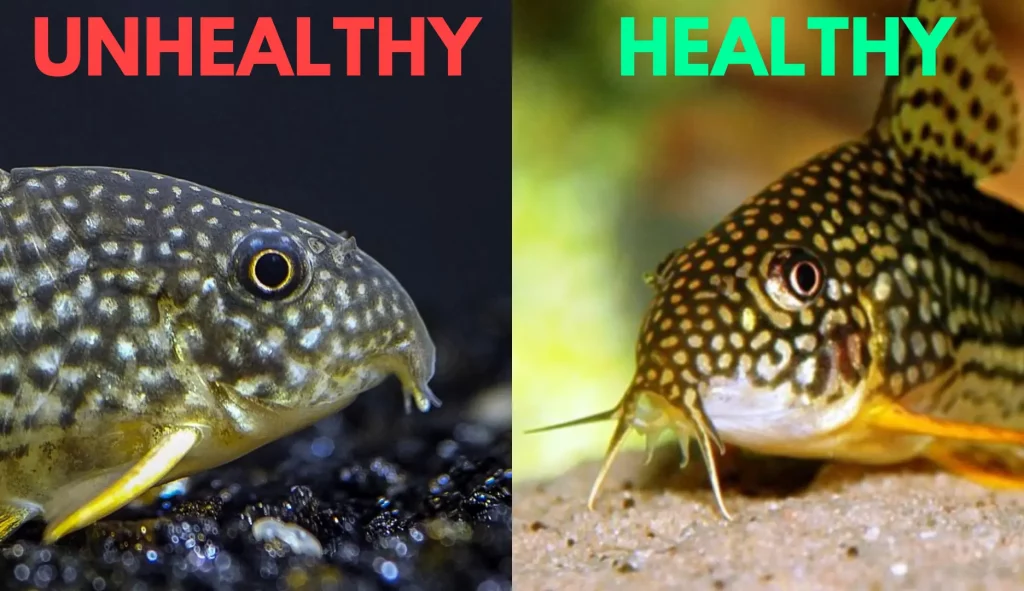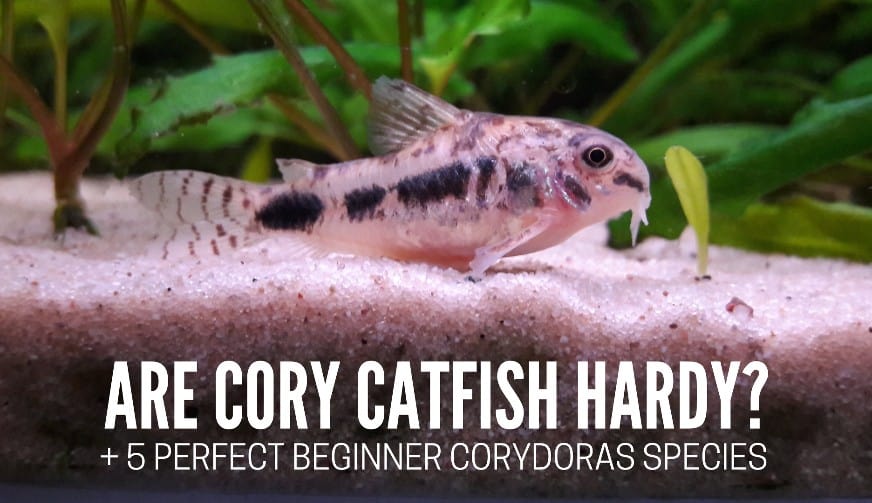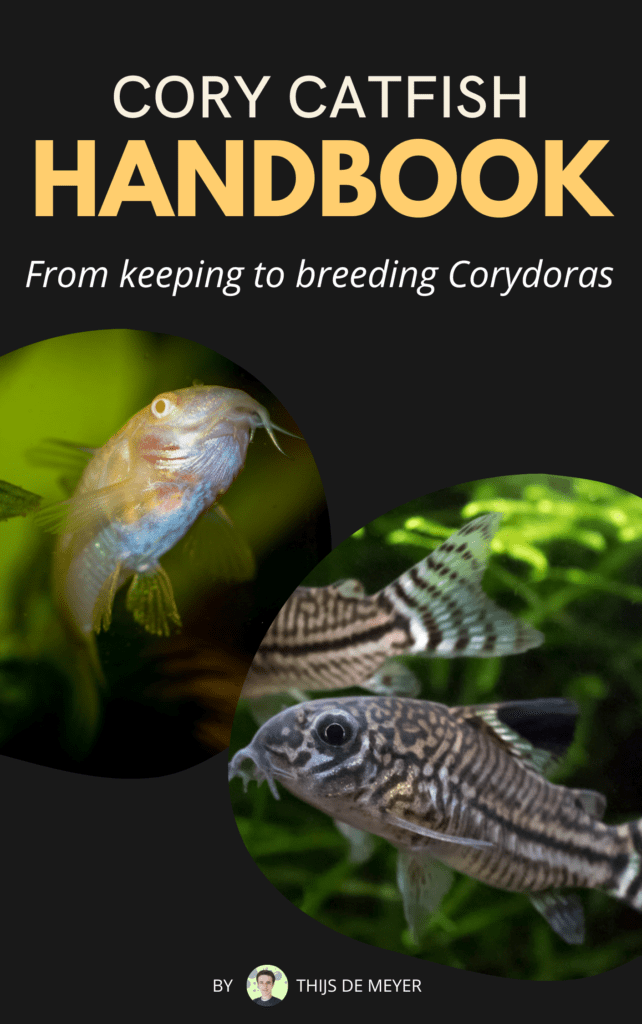Most of the pleco species sold and kept in the aquarium hobby are rather small. However, there are some enormous pleco types, too. And they’re more common than you might think…
This list includes 7 of the biggest species of plecos (Loricariidae) that you might encounter.
Starting off with…
1. Common pleco(s)
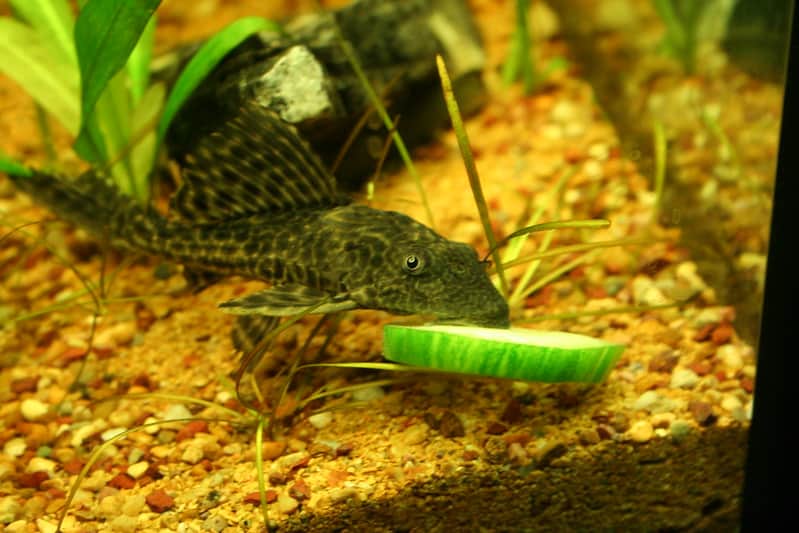
The average size of these fish is around 15 inches, but they can grow up to 24 inches in ideal conditions.
As the name suggests, the ‘common pleco’ is one of the most widely spread pleco species in the hobby.
However, it isn’t as simple as just saying ‘common pleco’
The name ‘common pleco’ is thrown around a lot and used for a group of similarly looking pleco species.
Online, there are also a lot of different sources that pair the name ‘common pleco’ to different scientific names, which makes it even harder to identify what exact species you have.
Here’s a list with some Loricariidae species that are often labeled as ‘common pleco’.
The genre of ‘common plecos’ are also often sold under the wrong name, such as bristlenose plecos or clown plecos (two species that stay significantly smaller).
Luckily, these small species are very easy to distinguish from the bigger group of ‘common plecos’.
When you see them in stores, they’re probably rather small, something like 3-4 inches. These fish are often sold to people who can’t take care of them (meaning they have a tank that’s too small). In a few years, they can grow huge!
2. Sailfin pleco (Pterygoplichthys gibbiceps)
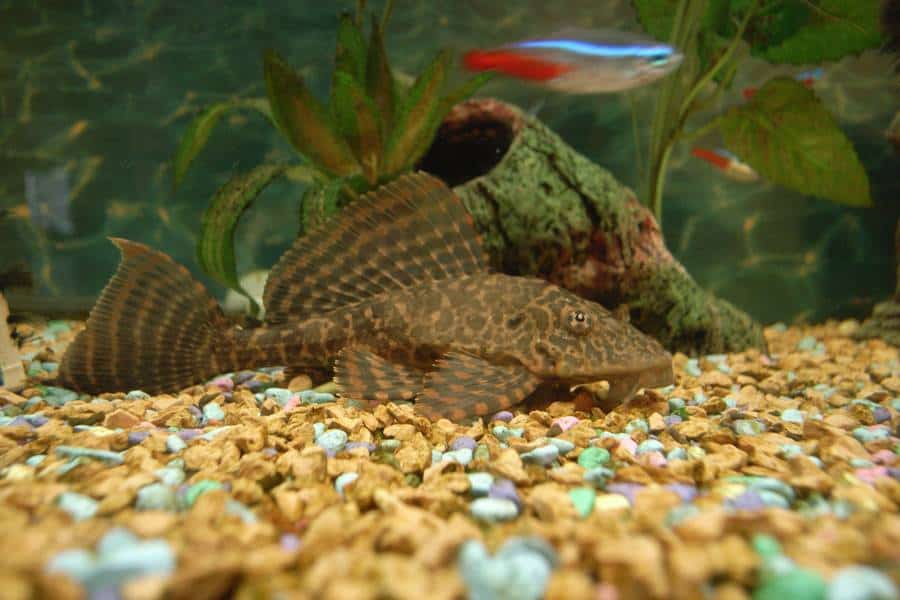
The sailfin pleco gets on average around 15 inches in aquariums, but in the wild they tend to grow even bigger (>20 inches).
The sailfin pleco is a rather easy-to-recognize pleco species that gets its name from its large dorsal fin. Depending on factors such as stress and mood, they can lower or raise it
Another way to easily identify the sailfin pleco is because it has a leopard-like pattern throughout its whole body, as you can clearly see in the photo below.
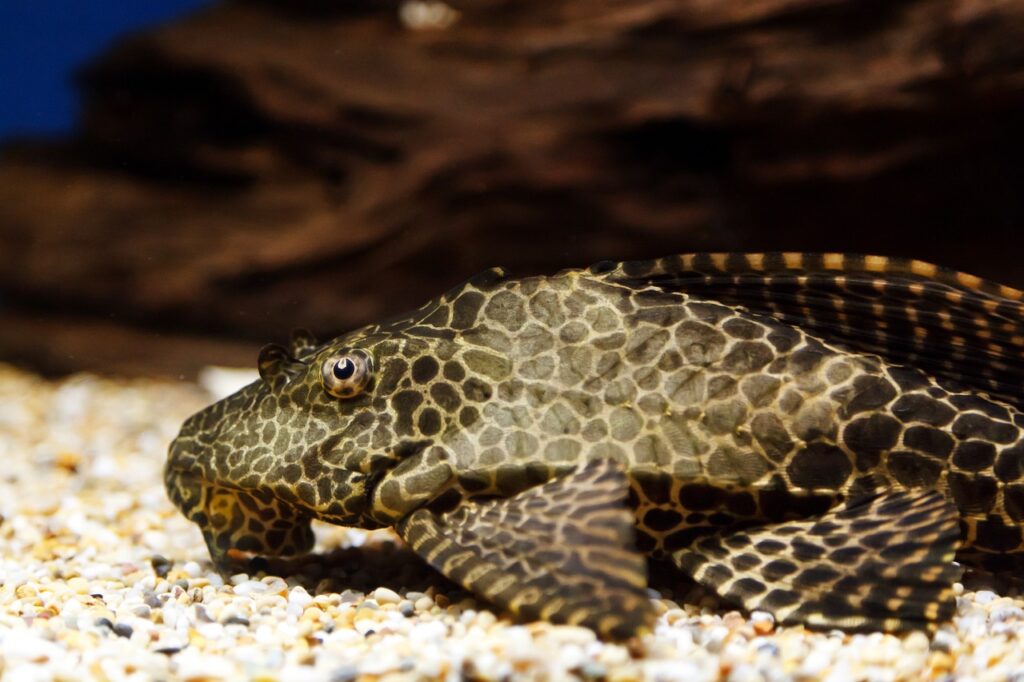
The sailfin pleco needs a plant-based diet and is an algae-eating pleco.
In the wild, they use their mouth to scrape algae and biofilm off rocks. Brown algae seem to be the favorite. In aquariums, they eat a variety of foods, including meat-based pellets.
3. Royal pleco (Panaque nigrolineatus)
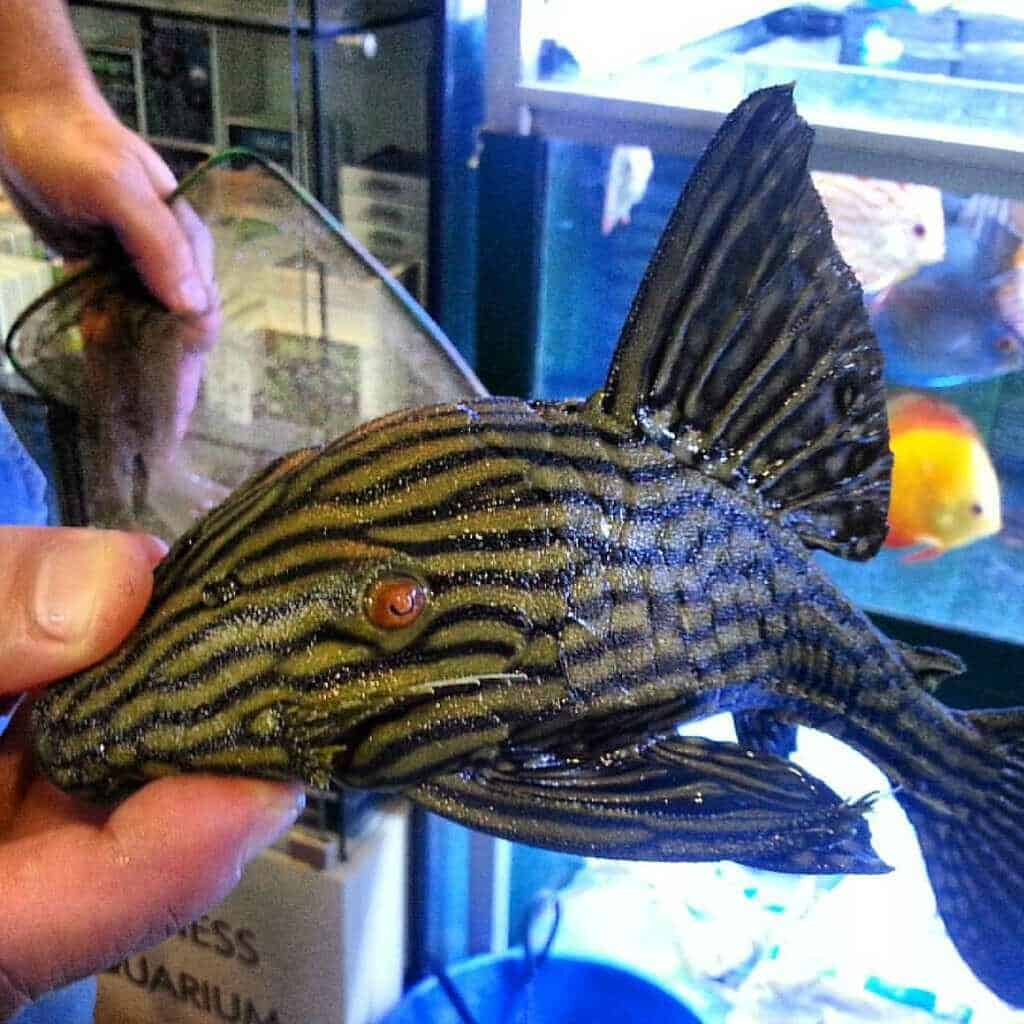
In aquariums, the royal pleco gets on average 12-18 inches in length. In the wild however, specimens of up to 24 inches have been observed.
When we’re talking about big pleco tyes, Panaque species certainly are among the more popular ones.
Their striking striped pattern with orange-red eyes gives them an almost alien-like appearance, which is certainly worth looking at.
Apart from the classic striped pattern, some Panaque species also develop a spotted pattern.
The royal pleco should not be confused with the clown pleco, which goes under the scientific name ‘Panaqolus maccus’. The clown pleco stays significantly smaller (<5 inches) but is also a wood-eating pleco.
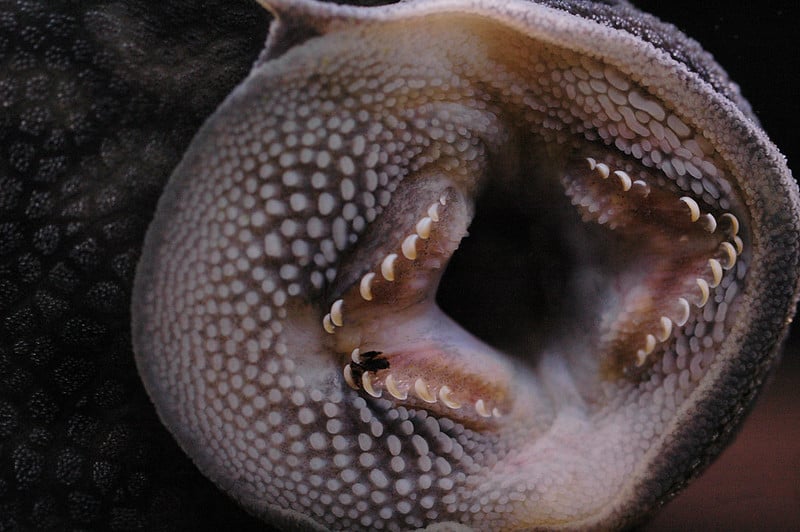
Panaque species are found in habitats where there is lots of wood, and they are equipped with special teeth to feed on wood and scrape off algae.
Make sure to have a big variety of different types of driftwood if you want to keep this pleco.
4. Adonis pleco (Acanthicus adonis)
Various sources cite that the Adonis pleco can reach a max size of 40 inches (100cm), meaning its one of the, if not the biggest, pleco species. In captivity, they rarely reach this size, and the Adonis pleco tends to stay 'only' 20-30 inches long in aquariums.
Young Adonis plecos have a beautiful dotted appearance, which makes it possible to confuse them with snowball plecos. Snowball plecos are way more common and stay a lot smaller, though.
There isn’t a lot of literature about breeding the adonis pleco, and most specimens are caught in the wild, northern Brazil, to be exact. The striking juveniles are then sold to aquarists.
The adonis pleco is highly territorial, and the males do not tolerate competition.
Acanthicus adonis can be recognized for its prehistoric looks and slim, spiny body. Another similar species within this genus is Acanthicus hystrix, that gets just as big.
When handling this fish, gloves should be used to prevent getting hurt by the spiny scales.
This fish is an omnivore and should be fed a variety of frozen foods, pellets, mussels, etc.
5. Megalancistrus parananus
Also called Mega-Ancistrus, the largest specimen of Megalancistrus parananus has been measured 23.1 inches (59cm), according to SeriouslyFish.com
The proof’s in the name, right?
The scientific name of this fish literally means ‘big, giant Ancistrus’, and it’s easy to see why.
Megalancistrus parananus has the L-number L113, although it’s often debated whether it’s the same as L234 as they are very similar.
According to Planet Catfish, both are different in terms of geographic origin and show physical differences:
- L113 shows a lower dorsal fin than L234
- L113 has darker base color
Source: Dignall, J. G. (2023, 13th March). PlanetCatfish.com, The aquarium catfish website.
Retrieved from https://www.planetcatfish.com/common/species.php?task=&species_id=2514
6. Cactus Plecos (Pseudacanthicus sp.)
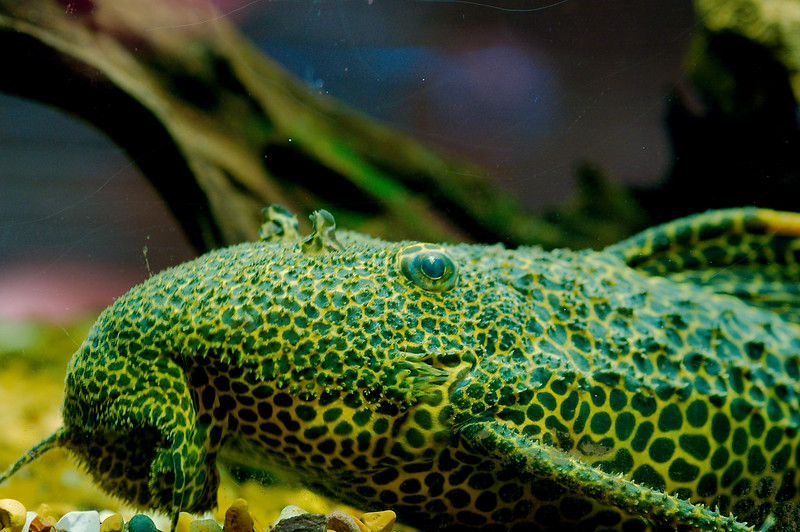
There are many cactus pleco species, with most species falling into the 15-30 inches length range.
The cactus pleco gets its name from the many rows of spines or keels along side its body.
The most common cactus pleco is the leopard cactus pleco ‘Pseudacanthicus leopardus L114’, which has a striking leopard-like pattern with bright orange fins.
However, the leopard cactus pleco is amongst the smaller cactus plecos. Two big species are the scarlet cactus pleco (Pseudacanthicus pirarara) and the Giant cactus pleco (Pseudacanthicus major), which get respectively up to 20 and 25 inches.
Cactus plecos are carnivorous and should be fed a diet that consists of mussels, shrimp, and other meat-based pellets/frozen foods.
7. Titanic pleco (Panaque schaeferi)
The titanic pleco gets even bigger than the classic Royal pleco, reaching an average maximum length of 23 inches according to Planet Catfish and Wikipedia. In the wild, they might reach up to 40 inches.
Panque schaeferi is similar to Panaque nigrolineatus and they are both wood-eaters.
However, the titanic pleco can be recognized as it doesn’t have the typical stripes and has a darker base color.
This species can get quite territorial and thus needs a big surface area to thrive.
Why plecos in captivity stay so much smaller
Looking at the list of big pleco types we covered, there’s one pattern that keeps coming back: plecos raised in captivity stay much smaller than those in the wild. But why is that?
Tank size
It’s no secret that all the plecos on this list need a huge tank. Still, it’s impossible to create a tank that’s as big as the Amazon river…
The closest you can get to having this much space is digging a pond, in which these animals are rarely kept.
Although only partially true that plecos grow to the size of their tank, big plecos just grow much bigger in an environment where the space is practically unlimited.
Water quality
Every single second, new fresh water flows by a pleco in the wild. While in a tank, you have a strong filter if it filters the volume 10x every hour.
That’s usually enough, and the water will get clean, but it still isn’t the same as highly oxygenated water coming directly out of the mountains.
On top of this, in big tanks and ponds, filters are often less strong relative to the tank size.
Stress
A lot of tank environments cause stress to fish. Especially to these big fish, who are pretty smart.
The bottoms of these tanks are often kept bare to make it easier to clean, and many other fish which can cause conflicts are with them in the same tank.
Lastly, big plecos seem to be handled more than smaller plecos because people want to measure them or just hold them because it seems cool.
This all causes stress and thus less growth.
Genetics
This is more of a personal hypothesis of me, but I think many fish species have adapted themselves to a certain extent over a couple of generations to stay smaller.
Not all of these big plecos are imported, and wild-caught and captive-bred animals may have just adapted extremely quickly to stay smaller.
Again, there’s no real research on this but certainly something interesting to think about.

